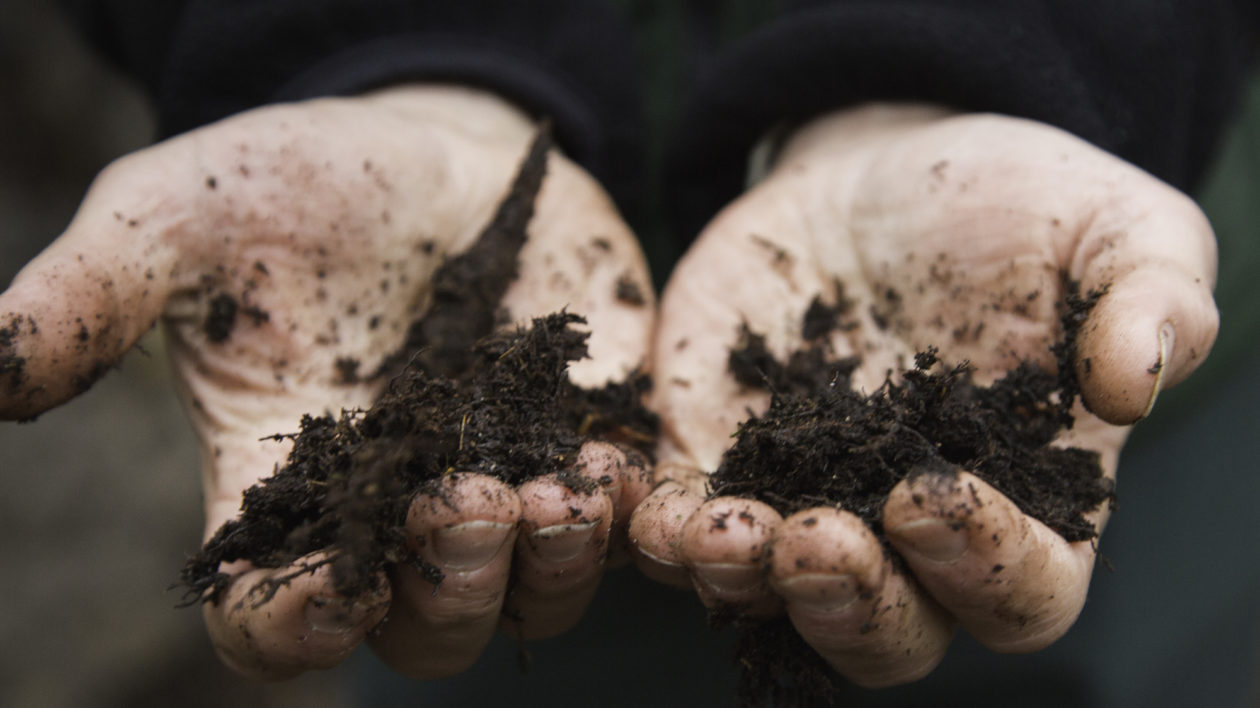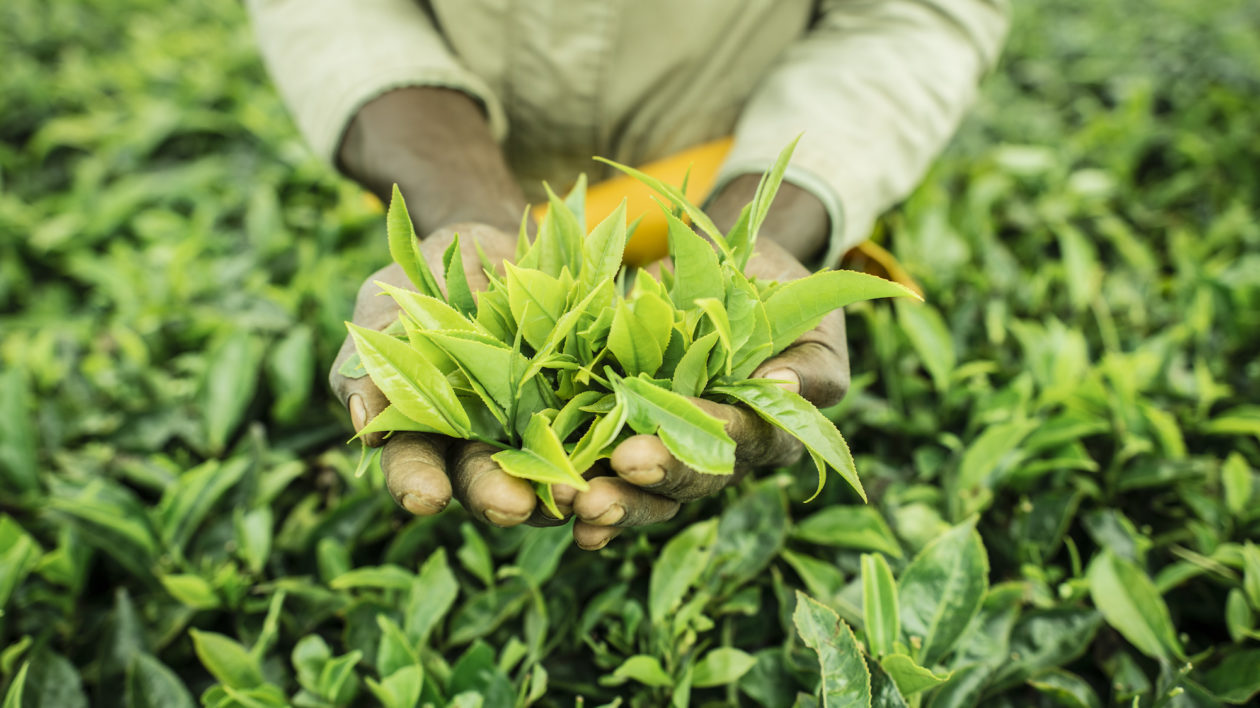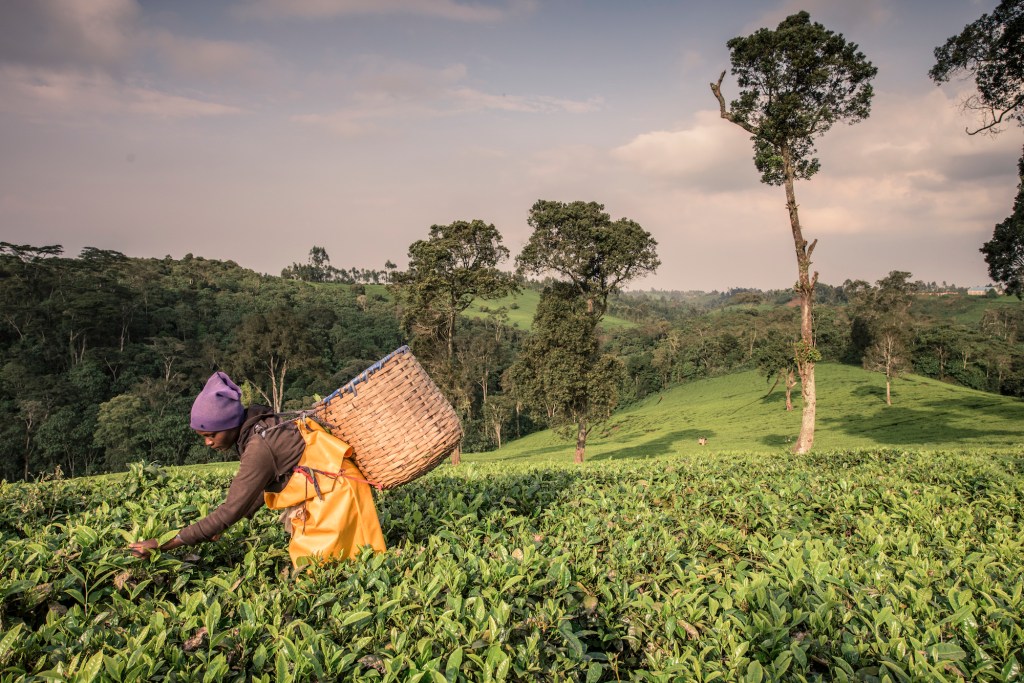There is wealth in dirt, but only if we collectively recognize and treat our soils as the capital assets that they are. Regenerative agriculture is a set of farming practices that enriches soils, increases resilience to climate change and offers other ecological benefits.
Such practices include green cover crops, no-till farming, agroforestry, and terracing for water management among others. By rebuilding soil carbon and organic matter and restoring soil biodiversity, we can potentially reap benefits in terms of climate mitigation, biodiversity conservation and improved farm incomes.
To improve our soil health, however, millions of farmers may need to un-learn some prevailing ways of farming and simultaneously embrace new technologies. Agricultural growth has relied on technological advances over the centuries.
Farmers, of course, are quite discriminatory in how they adopt new technical approaches. A slew of factors, ranging from land tenure security to farmer entrepreneurship to information constraints and risks influence whether technologies go viral or simply limp along.
Climate change is spurring agro-business to identify soil carbon enhancing climate-smart practices such as reduced tillage. However, these “sustainable” solutions may be challenging to expand. They may be more sensitive to complementary inputs and agro-ecological conditions and may not be scale neutral; for instance, the practices may look different on small farms versus large farms.

Additionally, ambiguity aversion, stemming from uncertainty related to climate change, and socio-cultural and system-wide barriers can serve as de-motivators for adoption. In these circumstances, farmers may require social proof; they may adopt new practices only after seeing how well they work for people they know and trust.
Knowledge transfer is essential for new technologies to diffuse. However, learning for adopting new technologies is a complex process that is vulnerable to failures in knowledge transmission. Farmers must make multidimensional farming decisions under uncertain conditions.
Also, any imparted learning through extension services is usually not fully internalized, leaving farmers with less than the necessary confidence to try new approaches. This makes decentralized or farmer-to-farmer extension services critical to technology adoption, particularly in low and middle-income countries where publicly supported extension services are chronically underfunded.
Farmer-to-farmer extension can happen in multiple ways. Potential farmer-trainers include lead farmers, such as those who are innovative, eager to take risks, knowledgeable and productive; those who can diffuse widely because they are at the center of the information or social network; farmers with the most social capital as trust in them enables adoption; and peer farmers who have farm characteristics similar to the majority of farmers in a community.
The first three types of farmers would increase trainee farmers because of either connections or trust, or because they provide excellent complex information or demonstrate by being more productive. However, if gains from the new technology are varied, then the lead farmers’ success cannot be replicated.
In such circumstances, followers are more likely to reproduce what they can learn from peer farmers who are similar to them. Advancing peer-to-peer learning will require understanding and acting on the importance of these social dynamics.

The Regenerative Food Systems framework is a critical entry point for The Nature Conservancy in the Upper Tana Project in Kenya. The project seeks to test the viability of sustainable agricultural intensification and soil health management to increase farm productivity and reduce environmental impacts.
Working with approximately 5,000 farmers, the project is implementing restorative interventions (minimum tillage, crop rotation systems, soil cover, crop residue retention), constructing more than 600 water pans, and overseeing the planting of more than 19,000 agroforestry seedlings, in combination with market-oriented delivery models and input advisories.
The project is sustainably generating several benefits, including soil carbon and organic matter improvements, irrigation water availability, crop productivity improvements, resilience to climate change, and enhanced access to high-value markets.
Critical to delivering these outcomes are social strategies that focus on farmer needs, gender integration (more than 40% women), knowledge diffusion through peer trainers and trusted local champions (e.g., schools), in-field demonstrations that offer social proof and de-risking farming by guaranteeing quality and timely delivery of inputs.
Improved regenerative farm system innovations such as undertaken in Kenya are knowledge-intensive and necessarily require time and sustained investments to diffuse. However, they can work well when employed as an integrated process, with complementary inputs determined by agroecological contexts.

The Nature Conservancy is similarly working with farmers in northwest India to reduce burning of seasonal crop residue that creates enormous air pollution. While profitable no-burn technologies are available, their use needs to expand more rapidly. Here TNC is focusing on testing both incentive mechanisms and learning and demonstration strategies to enhance diffusion of regenerative agricultural practices.
Scaling regenerative farm practices will require climate-smart practices to disperse widely. Diffusion is as important to successful conservation as it is, for instance, to vaccination programs. Sometimes farm technology adoption increases when farmers encounter a new technology through the media.
This form of contagion diffusion is likely with technologies that offer multiple benefits, such as smart phones. Alternatively, rapid scaling may occur after a certain percentage of the population adopts. In this case, societal and peer adoption influences farmer decisions. The susceptible infection model draws attention to how adoption may depend on the characteristics of the adopters.
The nature and complexity of the innovation itself also matters. There is no single recipe for scaling up regenerative food systems – but attending to social dynamics, in addition to bio-physical or economic considerations, will be critical.




Join the Discussion